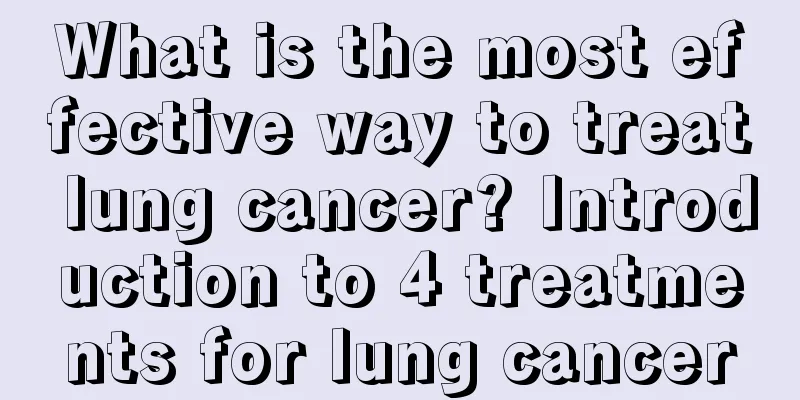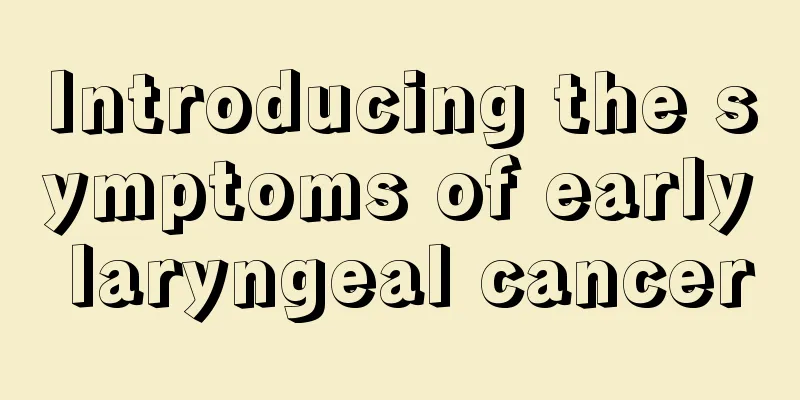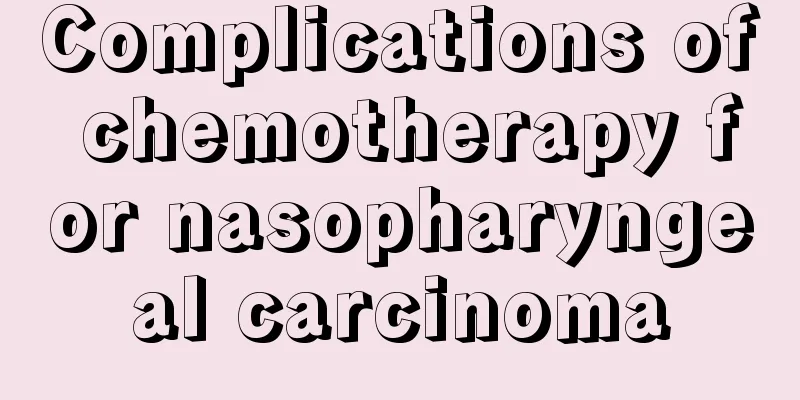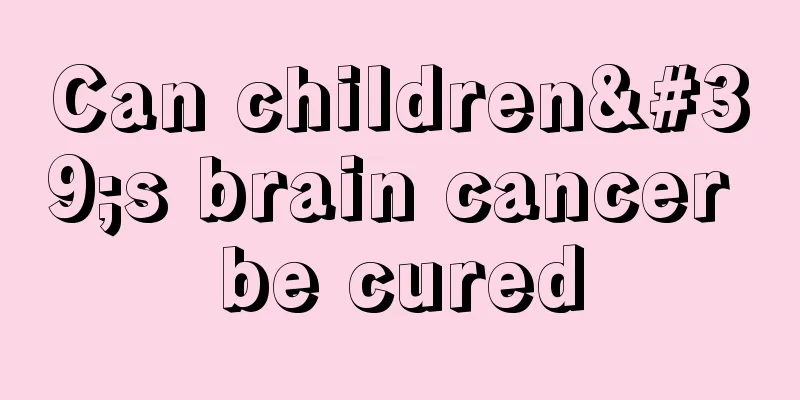How should patients with lung cancer undergo surgical treatment? Four types of professional surgical treatments for lung cancer

|
For patients with advanced lung cancer, if necessary, they must undergo surgery to remove cancer cells that are too serious to prevent the disease from getting worse. However, not all lung cancer patients need surgery, so which lung cancer patients cannot undergo surgery? The following will introduce the correct surgical treatment for lung cancer. Surgical treatment of lung cancer should follow the principle of "two maximums", that is, to remove tumor lesions, metastatic lymph nodes and invaded adjacent tissues to the maximum extent, and to preserve normal lung tissue to the maximum extent. However, since 70% to 75% of lung cancer patients are no longer in the early stage or do not meet the ideal conditions for surgical resection when they seek medical treatment, it is very important to strictly control the indications for surgery in order to improve the 5-year survival rate and quality of life after surgery. The indications for surgery are: ① Patients with primary lung cancer confirmed by cytology or histology in stage I and II lung cancer, as well as some stage III cases, whose general condition can tolerate surgery. ② The primary lesion of metastatic lung cancer has been cured for more than one year, and a single lesion in the lung has been systematically examined to show no local recurrence of the primary tumor and no metastasis to other organs. ③ Solitary spherical lesions in the lungs. The lesions are located in common tumor sites such as the anterior segment of the upper lobe. The diagnosis cannot be confirmed by sputum exfoliative cytology, fiberoptic bronchoscopy or percutaneous lung biopsy. Characteristic manifestations of lung cancer are seen in the layered films or CT, such as lobulation, spiculation, cavitation, etc. The patient is highly suspected of lung cancer and has high risk factors for lung cancer. Thoracotomy and frozen sectioning should be considered, and the surgical plan should be decided based on the results. ④ Lobar or segmental pneumonia or atelectasis should be examined by fiberoptic bronchoscopy first. More than 90% of central lung cancers can obtain positive cytological or histological results. However, this type of lung cancer sometimes only manifests as submucosal infiltration of the bronchial mucosa, and the positive diagnosis rate of histology and cytology is low. Whether to perform thoracotomy should be determined based on clinical conditions. Clinically, although lung cancer is not easy to cure, as long as the patient can seize the opportunity to receive treatment in the early stage, it can still be completely cured. Therefore, it is recommended that all lung cancer patients actively participate in treatment after discovering the disease, which will give you a better chance of recovery. In addition, it is recommended that you consult your doctor more during the treatment process on how to cooperate with the treatment. |
Recommend
What to do with heel gout
Heel gout is actually a phenomenon of joint pain,...
How to diagnose tongue cancer
How to diagnose tongue cancer? Although tongue ca...
What are the symptoms of advanced lung cancer? How long can one live in the advanced stage of lung cancer?
Clinically, there are many symptoms of late-stage...
What are the advantages of ecological double eyelids?
Going to a plastic surgery institution to have do...
How to check mesenteric lymphoma
Mesenteric lymphoma is diagnosed mainly through i...
Can the seeds in grapes be eaten?
Grapes are very delicious fruits in our life and ...
Which methods are effective in treating bile duct cancer?
What methods are effective in treating bile duct ...
At least 5 times a week! 35-year-old female saleswoman is in the late stage of cancer. Doctor: After repeated emphasis, she can't change
Today, I want to tell you a true story, a story a...
Nursing record of teratoma
For friends with teratoma, it is best to use surg...
Are there any sequelae after the cure of bile duct cancer?
Patients with bile duct cancer should pay attenti...
Diet for liver cancer metastasis and pancreatic cancer
What is the diet for pancreatic cancer with liver...
What health supplements should I take to detoxify my body
The body needs detoxification. If the body does n...
Can 3-in-1 coffee help you lose weight?
Three-in-one coffee is what we often call instant...
What causes nosebleeds at night
Although nosebleeds are a normal thing under norm...
What is root canal treatment?
Root canal treatment is mainly used to treat dise...









